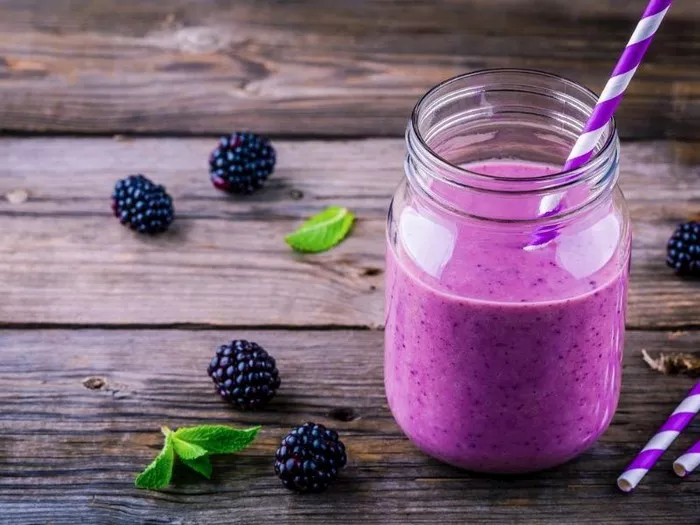Apple cider, a refreshing and delicious beverage, has been enjoyed for centuries. Whether you love its tangy sweetness or its rich, earthy flavor, there’s no denying that apple cider holds a special place in many people’s hearts. But how do they make apple cider? From the selection of apples to the fermentation process, let’s break down the steps involved in creating this beloved drink.
Understanding Apple Cider
Before diving into the process, it’s important to understand what apple cider actually is. Apple cider is a liquid made from apple juice. It can be consumed as a non-alcoholic beverage, often called “sweet cider,” or it can be fermented to produce a low-alcohol version known as “hard cider.” Both types are made through a series of steps that begin with the careful selection of apples.
Selecting the Right Apples
The first step in making apple cider is selecting the right apples. The quality of the apples will directly impact the taste and quality of the final product. Here are some key factors to consider when choosing apples for cider making:
Variety: Different apple varieties have distinct flavors and textures. Some apples are better suited for cider making than others. For instance, apples with a high sugar content and a balanced tartness, like Granny Smith, Honeycrisp, and Fuji, are excellent choices.
Ripeness: Apples should be fully ripe but not overripe. Overripe apples can add unwanted flavors and textures to the cider.
Condition: Apples should be firm, free from bruises, and have a smooth skin. Avoid apples with cracks, soft spots, or mold, as these can introduce unwanted bacteria and flavors into the cider.
Preparing the Apples
Once the apples are selected, they must be prepared for juicing. This involves several steps:
Cleaning: The apples should be thoroughly washed to remove any dirt, pesticides, or other contaminants. Use clean, running water and a soft vegetable brush to gently scrub the apples.
Sorting: After cleaning, sort the apples by variety and condition. Remove any apples that are damaged or have soft spots.
Core and Slice: Remove the cores and stems from the apples. Depending on the juicing equipment, you may need to slice the apples into smaller pieces.
Extracting the Juice
The next step is to extract the juice from the apples. There are several methods for doing this, each with its own set of tools and equipment:
Manual Pressing: For small-scale cider making, a manual press can be used. This involves crushing the apples and then pressing them through a sieve or cloth to extract the juice.
Electric Juicers: For larger batches, electric juicers can be more efficient. These machines quickly crush and press the apples, separating the juice from the pulp.
Industrial Presses: Commercial cider makers often use industrial-scale presses to extract juice from large quantities of apples. These presses are designed for efficiency and can handle a high volume of apples quickly.
Regardless of the method used, the goal is to extract as much juice as possible while minimizing the amount of pulp and seeds that end up in the final product. The quality of the juice will depend on the freshness and condition of the apples, as well as the efficiency of the juicing process.
Clarifying the Juice
Once the juice is extracted, it may contain particles of pulp, seeds, and other impurities. To ensure a clear and smooth cider, the juice must be clarified. This can be done through several methods:
Filtering: One common method is to filter the juice through cheesecloth or a fine sieve. This removes larger particles but may not capture smaller impurities.
Fining: Fining agents, such as bentonite or gelatin, can be added to the juice to help precipitate out smaller particles. These agents bind to impurities and settle to the bottom of the container.
Centrifugation: For a more thorough clarification, centrifugation can be used. This process involves spinning the juice at high speeds to separate the solid particles from the liquid.
Clarifying the juice is an important step in the cider-making process, as it improves the appearance and texture of the final product.
Fermenting the Juice
Once the juice is clarified, it’s ready for fermentation. Fermentation is the process by which yeast converts the sugars in the juice into alcohol and carbon dioxide. This is what gives cider its unique flavor and alcohol content.
To begin fermentation, yeast is added to the juice. The type of yeast used will impact the flavor of the cider. Some cider makers use wild yeast, which is naturally present on the apples, while others use cultivated yeast strains for a more controlled fermentation process.
The juice is then placed in a fermentation vessel, such as a glass carboy or a stainless steel tank. The vessel is sealed to prevent oxygen from entering, as oxygen can negatively impact the fermentation process.
During fermentation, the yeast consumes the sugars in the juice and produces alcohol and carbon dioxide. This process can take several days to a few weeks, depending on the temperature and the type of yeast used. As fermentation progresses, the cider will develop its characteristic flavor and aroma.
Aging and Bottling
Once fermentation is complete, the cider is ready for aging. Aging allows the cider to develop more complex flavors and improve its overall quality. The cider can be aged in a variety of containers, such as glass bottles, oak barrels, or stainless steel tanks.
The length of aging depends on the desired flavor profile. Some cider makers age their cider for just a few weeks, while others may age it for several months or even years. During aging, the cider will undergo chemical changes that enhance its flavor and aroma.
Once the cider has aged to the desired level, it’s ready for bottling. Bottling involves transferring the cider from the aging container to bottles. The bottles are then sealed and labeled with information about the cider, such as its variety, alcohol content, and bottling date.
Conclusion
Making apple cider is a time-consuming and labor-intensive process, but the end result is well worth it. By carefully selecting and preparing the apples, extracting and clarifying the juice, and fermenting and aging the cider, cider makers can create a delicious and unique beverage that is enjoyed by many.
Whether you’re making apple cider for personal enjoyment or to sell at a local market, the process of cider making offers a rewarding and fulfilling experience. So the next time you enjoy a refreshing glass of apple cider, take a moment to appreciate the care and effort that went into making it.
Related Topics:

























